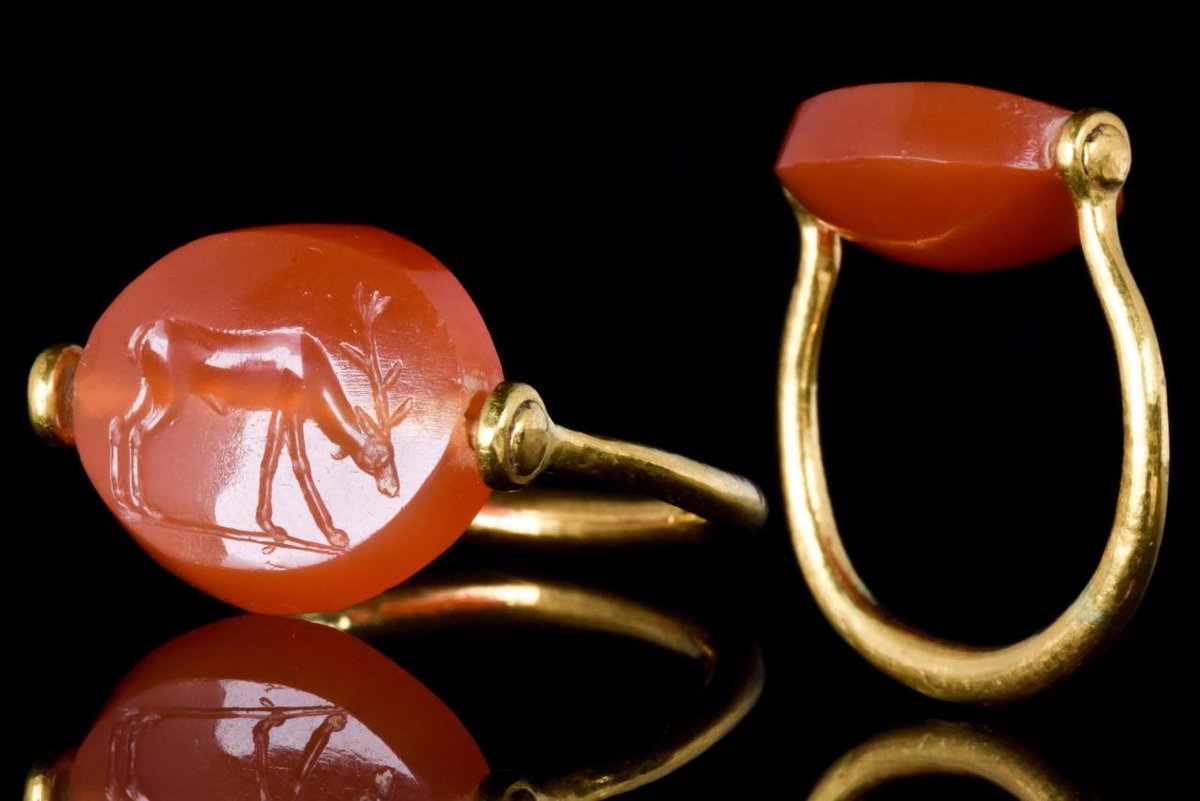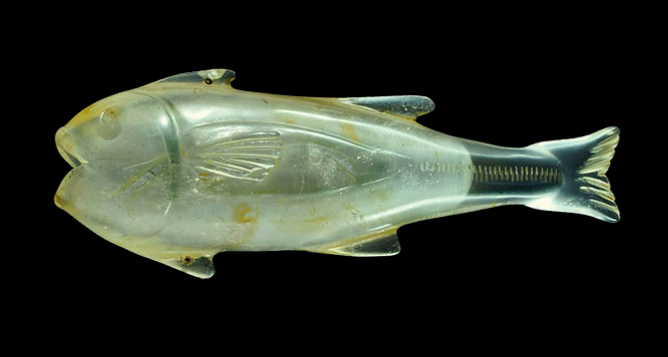1626
1630
1631
1633
1634
1635
1636
1637
1641
1642
1643
1645
1646
Bilingual Sumerian Proverbs, Babylonia c. 2000-1700 BC. Written in Neo Sumerian and Old Babylonian cuneiform on clay, containing 42 proverbs, a folk tale and a fable.This is the only known major bilingual proverb tablet of Old Babylonian origin. More: schoyencollection.com/24-smaller-col…
1647
1648
1649
1650
























